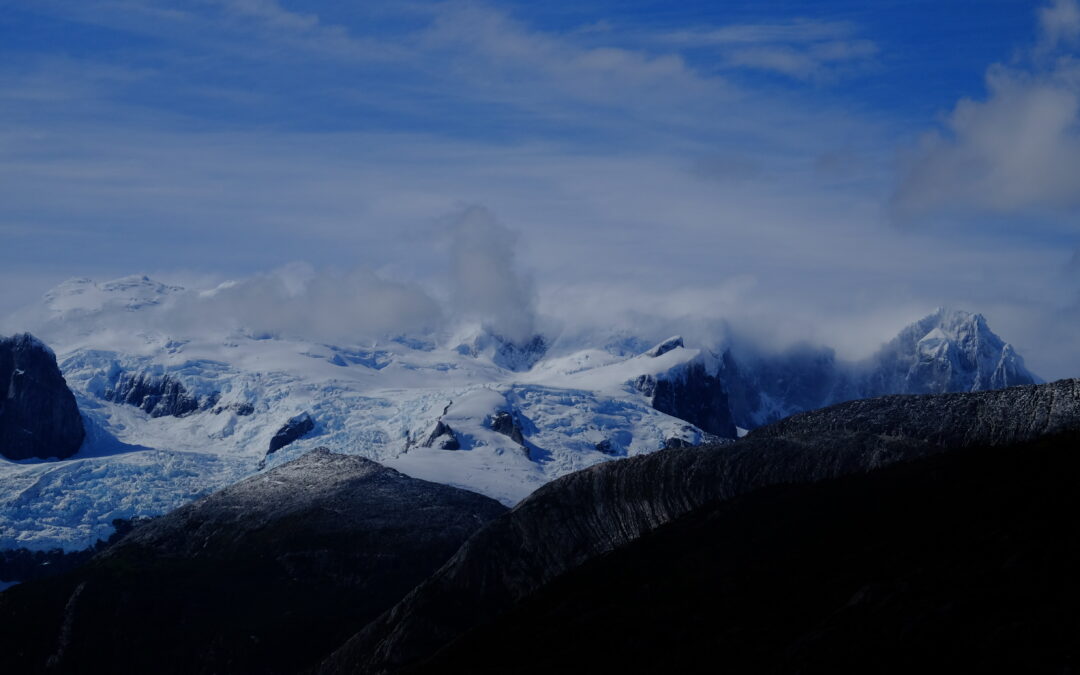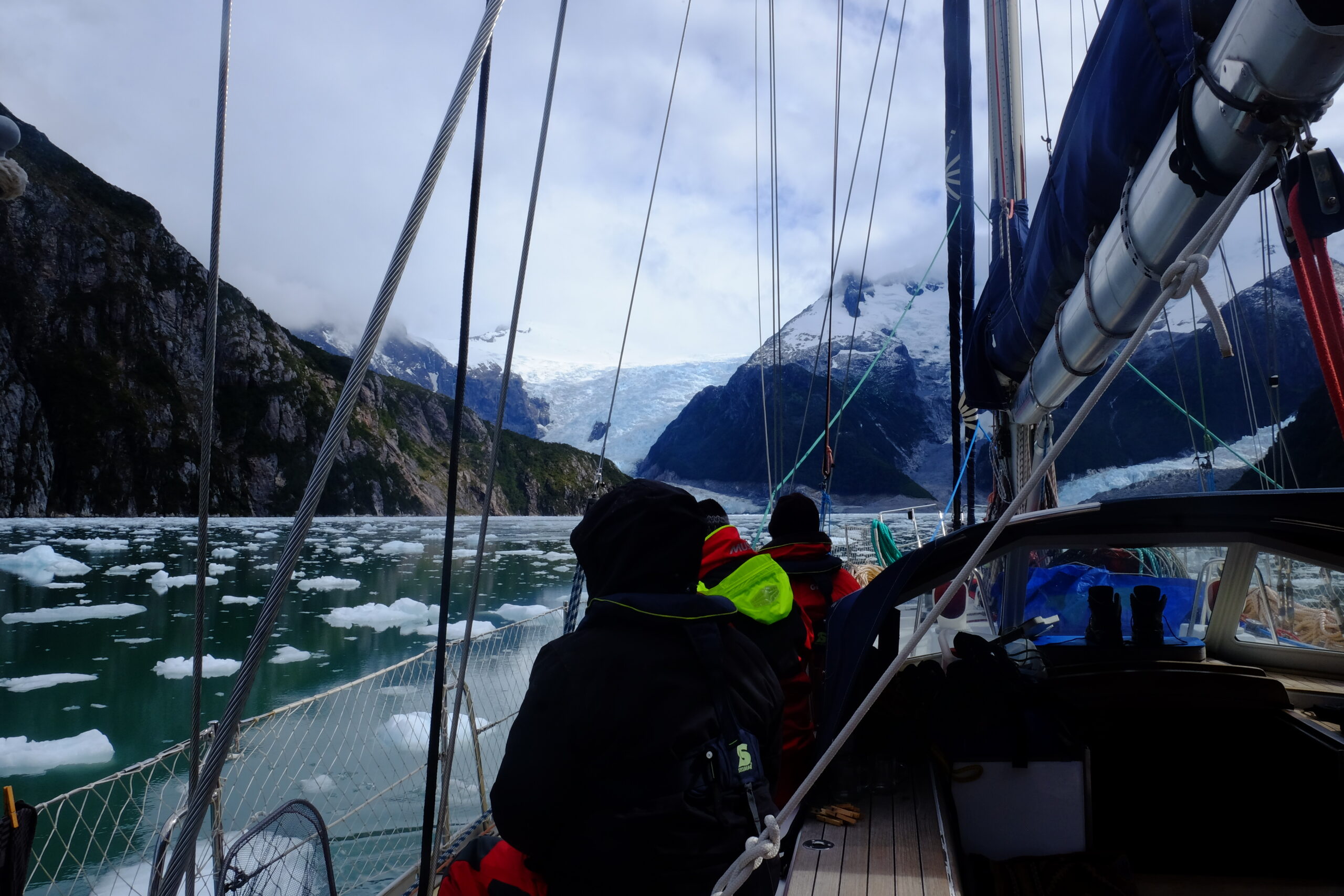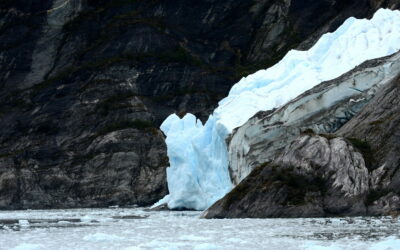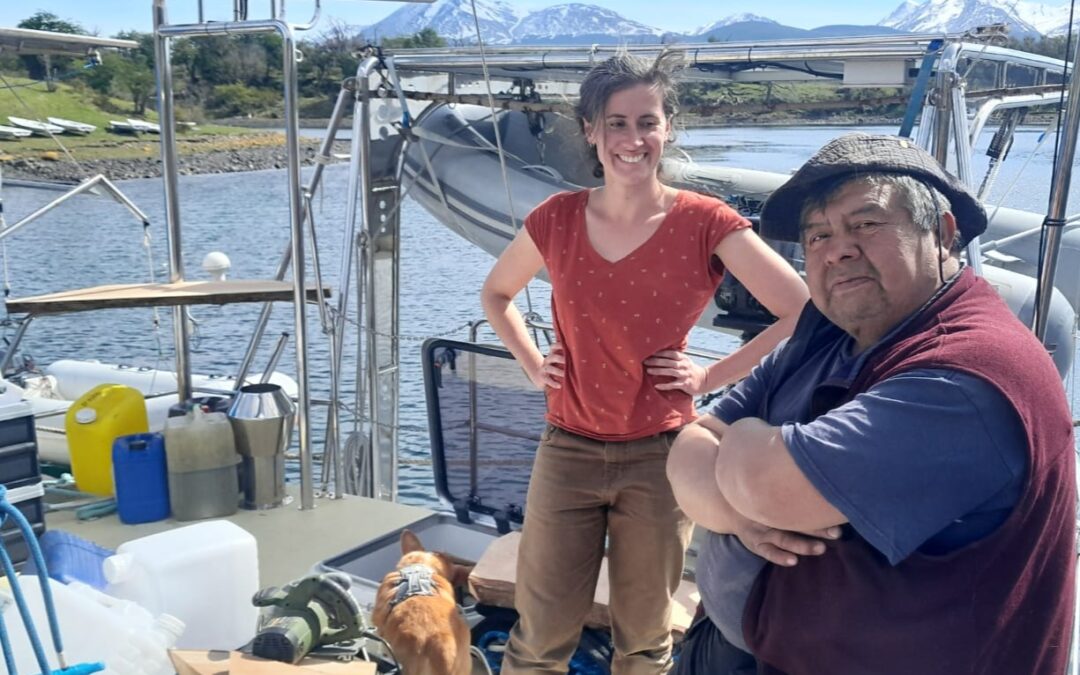
discover patagonia

Association Karukinka
Loi 1901 - d'intérêt général
Dernières nouvelles du bord
La Patagonie vous fait rêver ? Rejoignez l’aventure !
Signs of hope as elephant seals rebound from avian flu in remote Chilean fjord (Mongabay, 04/06/2025)
by Barinia Montoya An outbreak of avian flu in 2023 hammered a colony of southern elephant seals in Chile’s Tierra del Fuego region, leading to a 50% decline in its population. But over the 2024-2025 breeding season, the colony’s population recovered, with 33 pups...
Ireland-Scotland, Transatlantic, Patagonia… The 2024-2025 sailing programme is online!
Hello everyone, As you may have noticed, the internship programme for the 2024-2025 season is online. Featuring coastal and offshore navigations north and south, there is something for everyone! Milagro is currently in Ireland and Scotland for coastal internships...
“Trip to the end of the world” from la Rochelle!
If you plan to go stop at La Rochelle this summer, don’t miss this trip to the end of the world! This sound and immersive fiction was created by Sébastien Laurier in collaboration with the Phare du bout du monde (Lighthouse of the end of the world) association and the...
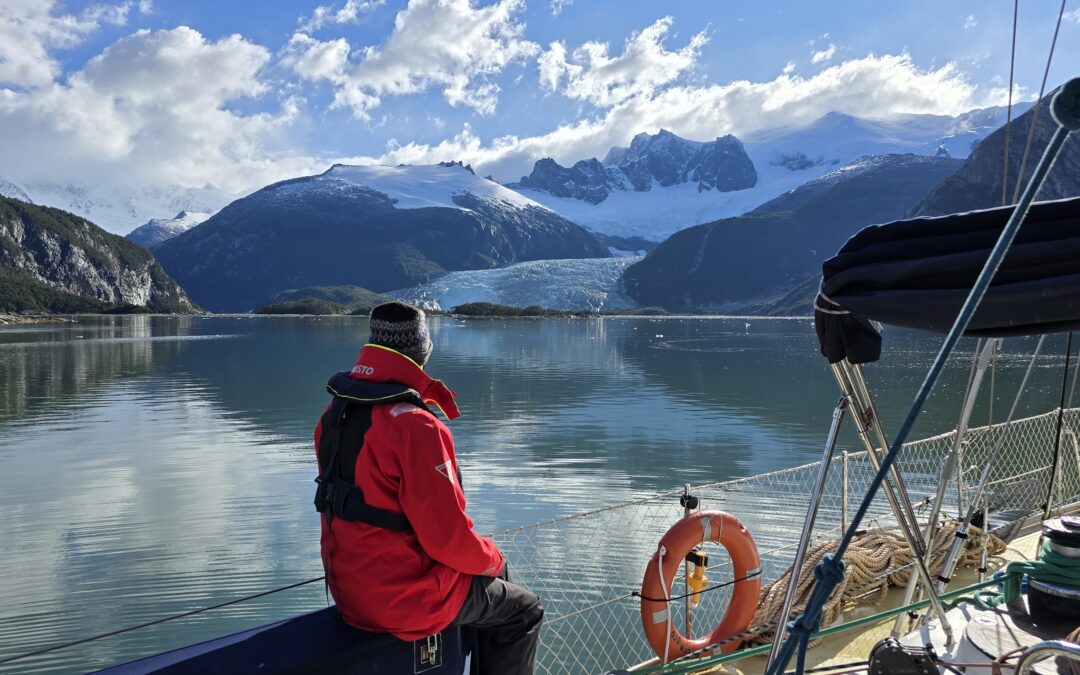
![[Sailing Patagonian channels] Sébastien’s Logbook part 1](https://karukinka.eu/wp-content/uploads/2025/08/Caleta-eva-luna_012025_Karukinka4-1080x675.jpg)
